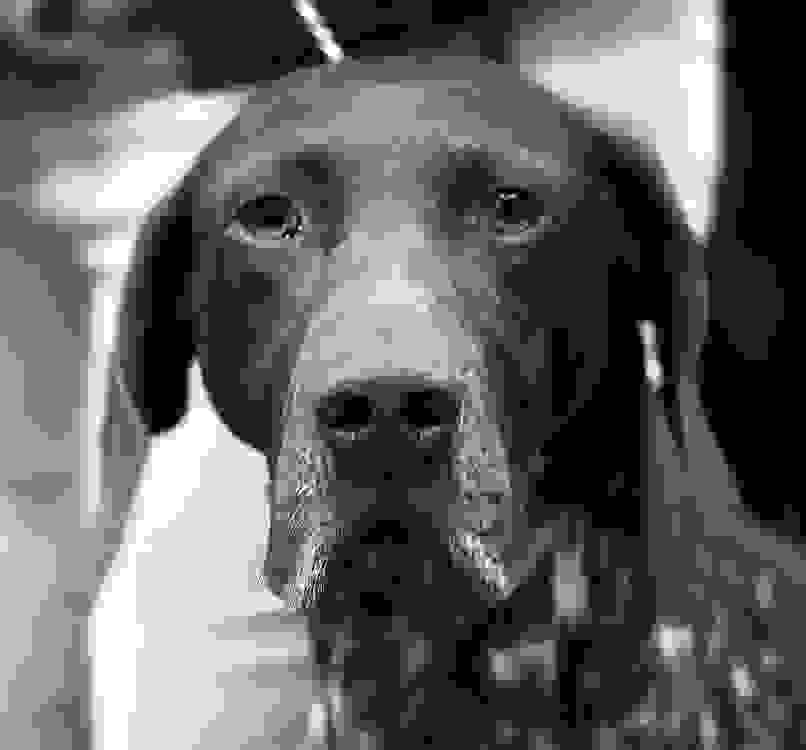About the concept of breed
Whatever the domestic species, breed is a central concept of artificial selection. This is especially true for dog, where, as stated in earlier posts, purebreeding is often view as a paradigm. However, it can be legitimate to interrogate this concept of breed.
If, in general, most of the current dog breeds can be well-differentiated, based on phenotypic or molecular analysis, this is not always the case, and among the breeds currently recognized, some actually correspond to the same population, differentiated only on the basis of simple morphological features (for instance long-haired and smooth faced Pyrenean sheepdogs). In other case, cultural factors may contribute to the recognition of a given dog sub-population as a breed. Here is a draft of a text I shared three years ago with the FCI scientific commission, proposing a definition for dog species.
Here are the two definitions given by Clutton-Brock (1999) and FAO:
Clutton-Brock (1999): “A group of animals that has been bred by humans to possess uniform characteristics that are heritable and distinguish it from other animals within the same species.”
FAO (2012): “either a sub-specific group of domestic livestock with definable and identifiable external characteristics that enable it to be separated by visual appraisal from other similarly defined groups within the same species or a group for which geographical and/or cultural separation from phenotypically similar groups has led to acceptance of its separate identity.”
There are several notions behind those definitions:
- Homogeneity of the population
- Distinctness in comparison to other individual/groups within the same species
- Transmissibility of these particular characteristics.
- The fact that these characteristics can be defined and identified (FAO)
- Socio-cultural context (FAO). It is in my opinion important to remind that behind a breed, there is always breeders.
Therefore I have two propositions: either we use Clutton-Brock definition or we use a sentence such as the following one, which is actually very close to both previous definitions.
Definition: “A population of the canine species sharing definable and inheritable phenotypic characteristics, after a breeding process raised by a group of humans over a given period of time, allowing animals to be distinguished from other defined populations within the same species.”
Clutton-Brock J. (1999) A natural history of domesticated mammals. Cambridge Univ. Press 1999, Cambridge.
FAO (2012) Report of a consultation on the definition of breed categories. FAO, Roma.
Credit picture: I. Horvath
 Donate
Donate


1 Comment
Recommended Comments